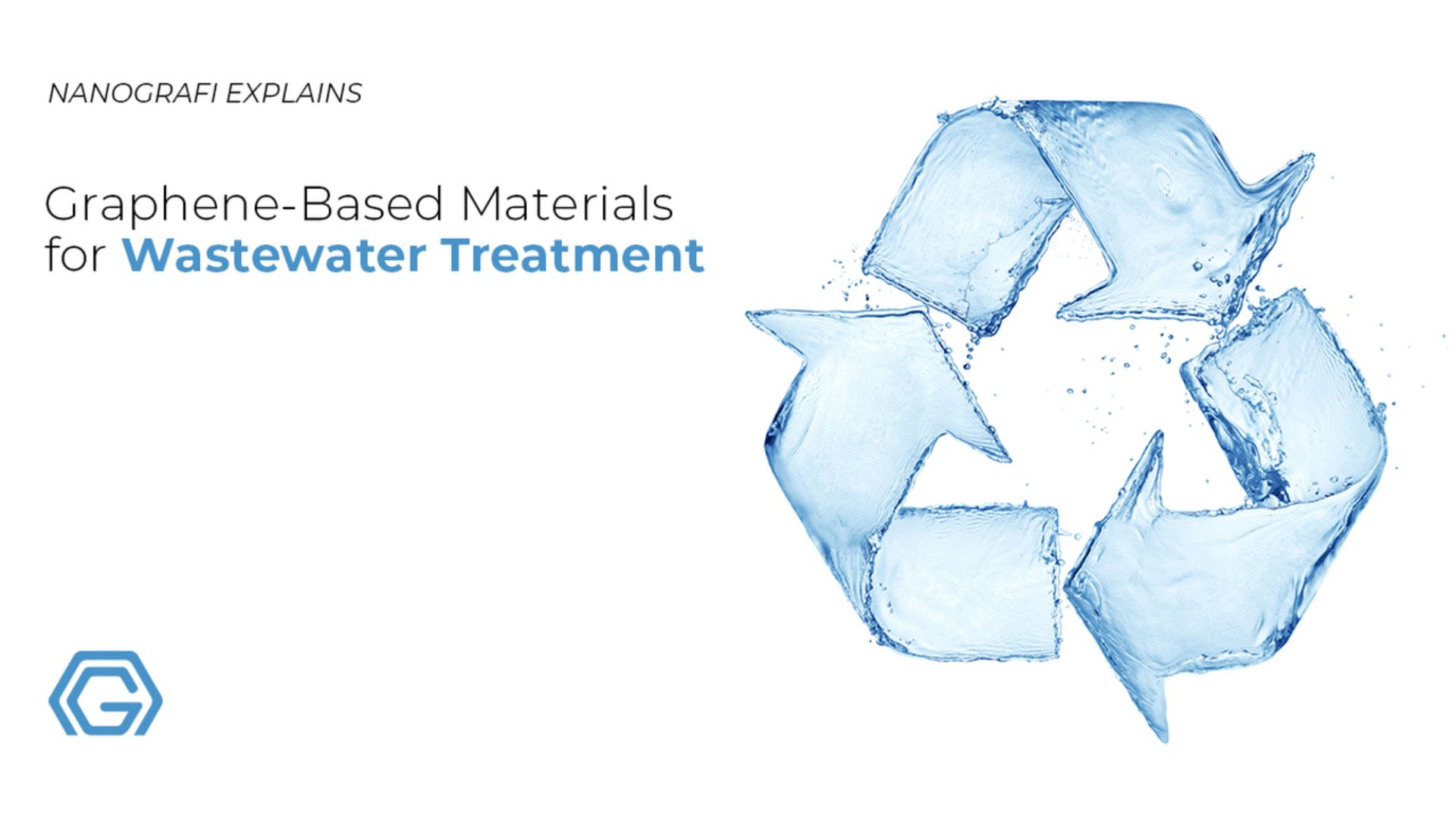Importance of Metal Organic Frameworks
Metal–organic frameworks or porous coordination polymers or PCPs are a new and interesting class materials with remarkable porosity made of metal-containing nodes, known as secondary building units, or SBUs and organic coordinating linkers.
The field of MOFs has become one of the growing fields in chemistry because of their tunability, structural and functional specifications.
Vahid Javan Kouzegaran
Analytical Chemist (Ph.D.) / Nanografi Nano Technology
Introduction
This is demonstrated through the ever-growing number of novel structures, publications, applications as well as the increasing development of research engagement in synthesizing new structures and configurations by research groups across the world. The first report on MOFs synthesis was published in the 2000s as a considerable success which is evident through the record number of citations it has received 1.
An Overview of Metal Organic Frameworks
Among the numerous advantages, highly porosity, high surface areas, adaptable surface chemistries, pore sizes and structures make them leading candidates to separate, capture, store, deliver, transport and sense so many biomolecules and chemical agents. These coordination polymers with permanent porosity have exciting potential as light-weight molecular selective sieves, because of their interconnected cavities, low density, extremely high surface areas and very narrow pore size distributions. Some MOFS are also adaptive materials responsive to external stimuli such as light, electrical field, presence of particular chemical species promising new advanced practical applications 2.
High porosity calculated as a fraction of void volume to total volume and the high specific surface area are among the most significant characteristics of metal organic frameworks (MOFs). This has led to their widespread applications as gas storage, adsorption/absorption agents, separations and sensing platforms and catalysis. An important concern in improving the gas storage quality within highly porous metal organic frameworks crystals is increasing the number of porosity and adsorption sites within a particular material. There are many strategies to increase or even decrease the pore size of metal organic frameworks through changing or adding different organic linkers where the structure of the constituent units (such as phenylene rings) are exposed to gas adsorption and encapsulation processes 3.
Importance of Metal Organic Frameworks
There have been extensive studies focused on the various synthesis methods and characterization of highly porous materials with considerable internal surface areas over the past few years. The crystalline structure of these materials exhibit promising outcomes in a wide range of applications from chemical separations, chemical sensing, and catalysis and gas storage to light harvesting ion exchange and drug delivery 4. Metal organic frameworks extreme porosity is regarded as the most significant research motivations classifying them as novel porous solid materials with specifications beyond the common and traditional porous materials. Regarding their designable regular and rigid/flexible nature and variety in both structure and properties, metal organic frameworks are referred as highly porous materials reaching to cutting edge standards in current technologies. Compared to the traditional inorganic porous materials and activated carbon, there is a staggering number of possibilities of coordinating various inorganic salts to support the metal nods and organic moieties in order to result in a highly porous structure. This is clearly observed in the truly prodigious number of published papers on this type of compounds in the last 20 years. In addition to the adsorption-based properties 5, the properties of both inorganic and organic components, metal organic frameworks exhibit a lot of unique properties to be efficiently used in areas such as luminescent and magnetic MOFs 6.
Properties and Synthesis of Metal Organic Frameworks
The first breakthrough in synthesizing metal organic frameworks with an intriguing micro-porosity was introduced in 1998 from Li et al. who reported the synthesis of a material with Langmuir surface area of 310 m2 /g. Later on, remarkable increases in surface areas of MOFs were achieved in the coming years with values ranging from 3,800 m2/g to 5,200 m2/g in. To name a few, MOF-523, (especially in anhydrous form), MOF-177, MIL-101, UMCM-1, and UMCM-222 are examples of the early highly porous synthesized metal-organic frameworks. A lot of studies have led to even higher surface areas but failed not due to the difficulty to obtain new potential materials but because of the of these materials huge tendency to collapse upon removal of solvent through activation step which involves removing the solvent out of the pores. New activation methods of metal organic frameworks have been introduced recently without the framework collapse or channel blockage 4. From the chemical structure aspect, metal organic frameworks are crystals with metal ion centers and organic coordinating ligands. There is a huge number of publications with over 10,000 synthesized and confirmed MOF structures in the literature. Table 1 summarizes just a few synthesized metal organic frameworks with their specifications as pore sized and BET surface areas 7.
If you are interested in the use of graphene for water treatment,
you can read our blog post here.
Metal organic frameworks synthesis has drawn
considerable attention within the past two decades since there is a feasibility
to obtain variety of interesting porous crystalline structures that with
applications in a number of fields related to porous materials in science and
industries. The focus of any metal organic framework synthesis is to plan an
environment for reagents to lead to inorganic building blocks without
decomposition of the organic linker and an orientation through which the metal
and linker engage in a proper reaction. Moreover, the kinetics of
crystallization reaction has to be suitable to pave the way for nucleation and
growth of the crystals. 8
In general, there are several the synthesis methods among which solvothermal, hydrothermal, room temperature synthesis, conventional electric (CE) heating, microwave (MW) heating, electrochemistry (EC), mechanochemistry (MC) and ultrasonic (US) methods have been the most referred methods so far. The conventional high-throughput and step-by-step methods have been reported in some studies as well 8. The reaction temperature is one of the main parameters in the synthesis of metal organic frameworks ranging from 60 to 200˚C. The choice of a solvent as the reaction environment is another important factor with N,N’-dimethyl formamide (DMF), N,N’ dimethyl acetamide (DMA), ethanol and methanol as the most common ones. It should be mentioned that solvothermal and hydrothermal are mostly applied in the synthesis of metal organic frameworks.
Application of Metal-Organic Frameworks
Metal-organic frameworks have initially been designed to be used for gas storage purposes. There have been an increasing number of reports on the application of MOFs in storing hydrogen, oxygen, carbon dioxide and many more. However, the research in metal-organic framework hasn’t been limited to the storage applications. MOFs have been used as sensing platforms to detect both inorganic and biomolecules 9. There have been numerous reports on using metal-organic frame works to separate isotopes of elements like hydrogen and deuterium. Micro-sized MOFs are employed as sorbents in solid-phase extraction and in-sampling. The have been successfully used in drug delivery, light harvesting, sample collection, luminescent/fluorescent sensing platforms, chromatographic separation with improved sensitivity and preconcentration.
Conclusion
Metal-organic frameworks have been contributing satisfactory applications to science and technology. They are known as the highly porous materials with the surface areas of around 7000m2 per one gram of its crystals. The high surface area of them, has made metal organic-frameworks favorable candidates in catalytic reactions. In addition to surface areas and porous nature, metal organic frameworks have strong mechanical strength and practically high thermal stability with considerable stability in harsh chemical environments making them promising materials to meet the green chemistry standards.
To get more information, you can visit Blografi.
References
1. Soc, C. Chem Soc Rev. 5415–5419 (2014). doi:10.1039/c4cs90059f
2. Falcaro, P. et al. metal-organic framework crystals. (2011). doi:10.1038/ncomms1234
3. Furukawa, H. Ultrahigh Porosity in Metal-Organic Frameworks. 424, (2013).
4. Farha, O. K. et al. Metal-organic Framework Materials with Ultrahigh Surface Areas : Is the Sky the Limit ? Metal-organic Framework Materials with Ultrahigh Surface Areas : Is the Sky the Limit ? (2012). doi:10.1021/ja3055639
5. Houk, A. D. M. K. N. et al. Topics in Current Chemistry Topics in Current Chemistry.
6. Online, V. & Homepage, J. 2009 Metal – organic frameworks issue. (2009). doi:10.1039/b802352m
7. Kaskel, S. & Universität, T. “ The Chemistry of Metal-Organic Frameworks : Synthesis , Characterization , and Applications ”. 138–141 (2017).
8. Topologies, M. O. F., Stock, N. & Biswas, S. Synthesis of Metal-Organic Frameworks ( MOFs ): Routes to Various. 933–969 (2012).
9. Miller, S. E., Teplensky, M. H., Moghadam, P. Z. & Fairen-Jimenez, D. Metal-organic frameworks as biosensors for luminescence-based detection and imaging. Interface Focus 6, (2016).
Recent Posts
-
What is the Difference Between 7075 and 6061 Aluminum Alloy?
When comparing 7075 aluminum alloy to 6061 aluminum alloy, it's essential to understand their disti …5th Apr 2024 -
Iron-Air Batteries: The Ultimate Guide
Iron-air batteries represent a significant breakthrough in energy storage technology, offering a sus …29th Mar 2024 -
Discovering the Power of 2D Materials
In material science, the discovery of two-dimensional (2D) materials represents a transformative de …22nd Mar 2024






